1. “Tell a Thumper”
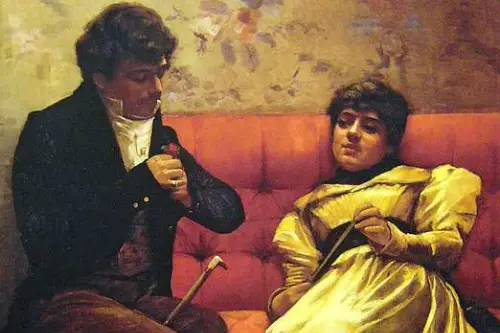
To “tell a thumper” was a slang term in the 19th century meaning to tell a big lie or an outlandish story—essentially, a “whopper.” The term is associated with tall tales and exaggerations, which were particularly popular in American frontier and folk traditions. It reflected the widespread enjoyment of a good yarn, one that stretched the truth for entertainment value. In 1891, NPR reveals, William Day wrote in “Reminiscences of the Turf,” “When anyone told a thumper more palpably outrageous than usual, it was sufficiently understood…” This expression was used to describe stories that were exaggerated or fabricated.
The expression likely comes from the word “thumper,” which referred to something large or impactful—implying that the lie being told was as big and bold as a thump. Telling a “thumper” was, therefore, an art form, one that was not meant to deceive but to entertain. As storytelling evolved and language became more refined, “telling a thumper” fell out of use. However, its connection to American folklore and the tradition of exaggeration has kept it alive in the cultural consciousness.
2. “Dingus”
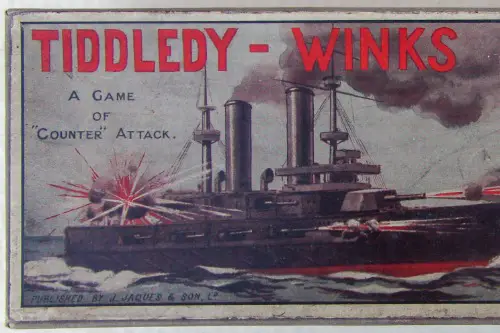
“Dingus” was a delightful catch-all term in the 1890s used to refer to an object when one couldn’t quite recall its name or was too lazy to name it. It’s like calling something a “thingamajig” or “whatchamacallit,” but it had a more specific cultural footprint in the United States. “Dingus” was particularly popular in the late 19th century when society was rapidly changing, WOSU Public Media explains, and people often found themselves surrounded by an increasing variety of objects—some unfamiliar or even unimportant. Rather than get caught up in the precise name of something, people would simply call it a “dingus.”
The term even appeared in advertisements, like a 1890s game of Tiddledywinks, which involved a variety of “dinguses” to keep things moving. Interestingly, “dingus” often referred to mechanical or odd objects, making it feel very much of its time, when the Industrial Revolution had introduced countless new gadgets into daily life. Though the term fell out of favor as more specific names replaced it, the enduring charm of “dingus” lives on, reminding us of a time when our everyday vocabulary was a bit more playful and forgiving.
3. “Flummadiddle”
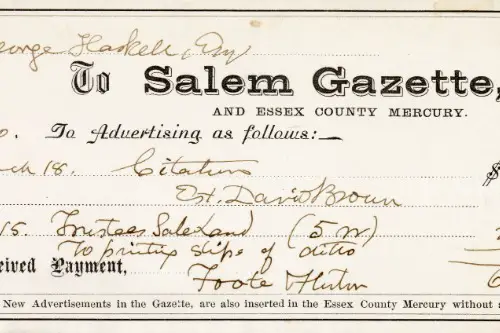
“Flummadiddle” was a whimsical 19th-century slang term for something of little value, something considered frivolous or nonsensical. Its earliest recorded use goes back to 1829 in The Salem Gazette, where it was used to dismiss something thought to be trivial or unnecessary. Imagine a conversation where someone was talking about the latest trend or an overly extravagant object—anything perceived as a waste of time or effort could be branded as “flummadiddle.” In essence, it was a term of disdain, like calling something “a bunch of nonsense,” according to the Merriam-Webster dictionary.
The charm of “flummadiddle” lies in its sound, which evokes a playful yet dismissive tone. It’s as if the word itself was designed to make something sound trivial with the sheer force of its oddness. The term likely originated from the early 1800s and became part of the colorful vernacular of that time. Over time, as language evolved and more contemporary expressions took its place, “flummadiddle” faded from everyday use. But, even now, hearing it again brings a smile, showing how slang can mirror the playful, almost irreverent attitudes of an era.
4. “Shoddyocracy”
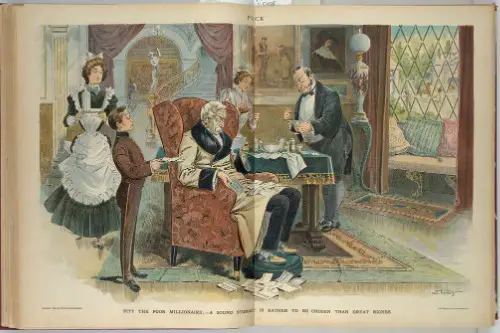
“Shoddyocracy” was a term used in the 19th century to describe a class of people who amassed wealth by selling inferior goods. The word “shoddy” referred to cheap, low-quality materials, and “ocracy” denoted a form of government or rule. In 1870, the Harrisburg, Pennsylvania, Telegraph noted, “A lady of the shoddyocracy of Des Moines found, on returning from a walk, some call cards on her table,” The Gilded Hour notes.
“Shoddyocracy” is one of those terms that speaks to the tensions between growing wealth and the changing American identity. Coined in the mid-1800s, it was used to describe a social class that thrived on selling inferior goods or cutting corners to maximize profits. The term is a mash-up of “shoddy,” which referred to cheap, recycled wool used to make low-quality fabrics, and “ocracy,” meaning rule or government. It was a biting critique of those who accumulated wealth at the expense of quality, craftsmanship, and morality.
5. “Some Pumpkins”
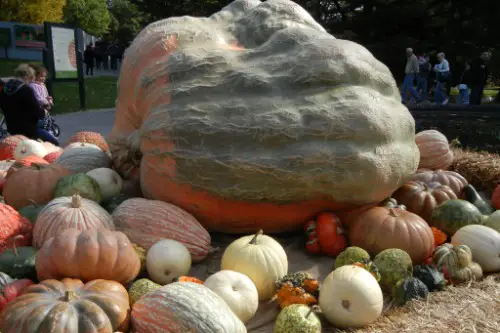
In the 19th century, if someone was “some pumpkins,” they were considered important, noteworthy, or impressive. It’s a term that evokes a certain humor in its imagery: pumpkins are large, noticeable, and often associated with the harvest, a time of bounty. The phrase reflected the notion that something—or someone—could be substantial or of high standing. The perfect example, The Gilded Hour shares, comes from the 1847 Grant County Herald, where it noted that a man who excelled at horse trading was considered “some pumpkins” in his field.
The phrase worked its way into casual speech as a way to acknowledge someone’s prominence or skills. Over time, however, the expression faded into obscurity as more contemporary ways of describing people or events became more common. The legacy of “some pumpkins” still lingers, however, offering a whimsical glimpse into how American slang has evolved over the years to reflect our shifting cultural values and sense of importance.
6. “Shinning Around”
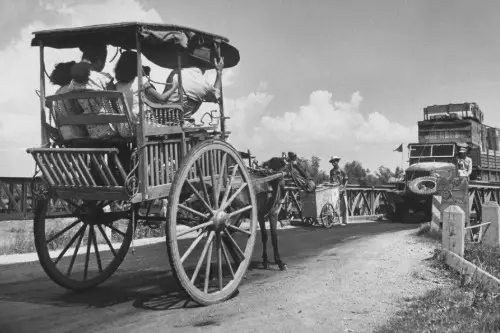
“Shinning around” was a term used in the 19th century to describe moving about quickly, often in a sneaky or evasive manner. In 1877, the Dallas, Texas, Daily Herald observed, “It is shinning around corners to avoid meeting creditors that is sapping the energies of this generation.”
The use of “shinning” in this context is believed to be derived from the verb “to shine,” meaning to move smoothly or swiftly. Over time, “shinning around” became synonymous with evading duties or responsibilities, reflecting a certain level of cunning or craftiness. As language evolved, the term fell out of common usage, but it remains an interesting example of 19th-century American slang.
7. “See the Elephant”
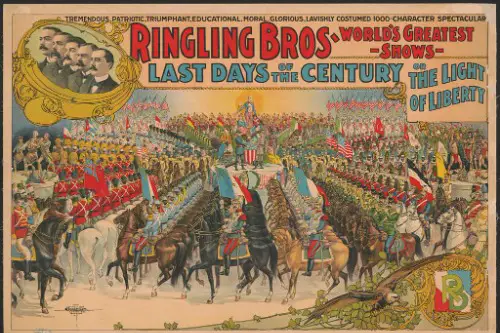
In the 19th century, “see the elephant” was an expression used to describe experiencing all the sights and attractions of a town, especially the more sordid aspects. A report from the Lawrence, Kansas, Daily Journal in 1891 mentioned, “A young Sioux Indian from Haskell Institute… said he was going to Chicago to hunt buffalo. He was told there was no game of that kind there, but that if he wanted to see the elephant he was on the right track.”
The origin of “see the elephant” is believed to be linked to the 19th-century American circus, where elephants were a major attraction. Attending a circus was considered a significant event, and the phrase came to symbolize experiencing all that a place had to offer. Over time, the expression evolved to encompass the idea of encountering all facets of a city or situation, not just the pleasant ones.
8. “Hokum”

In the early 20th century, “hokum” was a term used to describe nonsense, deceit, or something that was a bunch of exaggerated or made-up claims. The term gained popularity in vaudeville, where performers would often use “hokum” to describe tricks or exaggerated acts that were not necessarily truthful but entertaining. In a 1909 New York Times article, vaudeville comic George M. Cohan was quoted as saying, “There’s no such thing as hokum in the theater!” highlighting the importance of authenticity on stage, even in the midst of entertainment.
The word “hokum” likely derives from the theatrical world, where it referred to exaggerated or false plot devices designed to elicit a strong emotional response from the audience. Over time, the term became synonymous with any form of deception or fabrication. While its use in vaudeville diminished, the word “hokum” lingered in American slang to describe anything that was considered contrived or overly sentimental. It remains a fascinating glimpse into the world of early 20th-century theater and its impact on everyday language.
9. “Bamboozle”

“Bamboozle” has been around since the 1700s, but in the 19th century, it gained widespread popularity, meaning to deceive or trick someone. It became especially common in political rhetoric, where a politician might “bamboozle” the public with promises or false claims. An 1860 edition of The New York Times reported, “We were bamboozled by those who promised change, only to see the same old ways persist.” This usage highlighted the frustration and sense of betrayal that often accompanied political campaigns.
The term “bamboozle” is believed to have originated from a blend of European slang and Native American words, possibly coming from the word “bamboozle,” meaning to confuse or bewilder. Over time, it became a popular term for trickery or deceit, often used in the context of practical jokes or manipulation. While it may no longer carry the weight it once did, the word “bamboozle” is still alive in modern language and continues to evoke a sense of playful or underhanded deception.
10. “Gumshoe”

“Gumshoe” originally referred to a type of shoe worn by detectives, known for its quiet, rubber soles that allowed for stealthy movement. In the late 19th century, the term was adopted to describe a private detective. For example, a 1903 article in The Chicago Tribune mentioned, “The gumshoe had been tracking the suspect for days, unnoticed by the locals.” This usage symbolized the detective’s ability to blend in and gather information without being detected.
The term “gumshoe” has a fascinating origin story. It combines “gum,” referring to the material of the soles, and “shoe,” referring to the footwear itself. While private detectives were often referred to as “gumshoes” due to their quiet, unassuming approach to investigation, the term eventually broadened to describe any type of investigator or sleuth. Though the phrase is less common today, it holds a special place in American crime fiction and the culture of detective work. Over the years, “gumshoe” evolved into a nostalgic term used to describe gritty, old-fashioned detectives in both literature and film.


